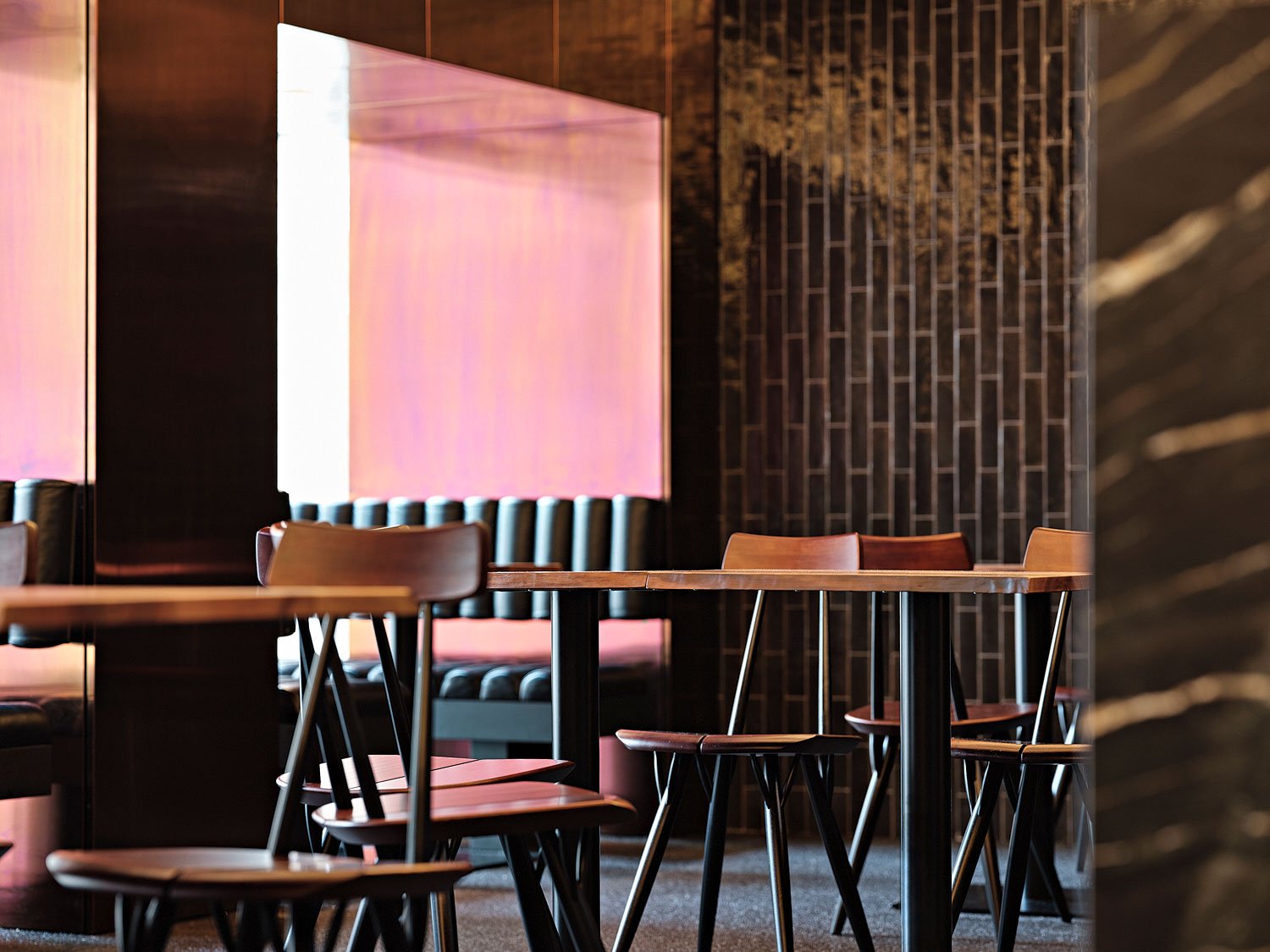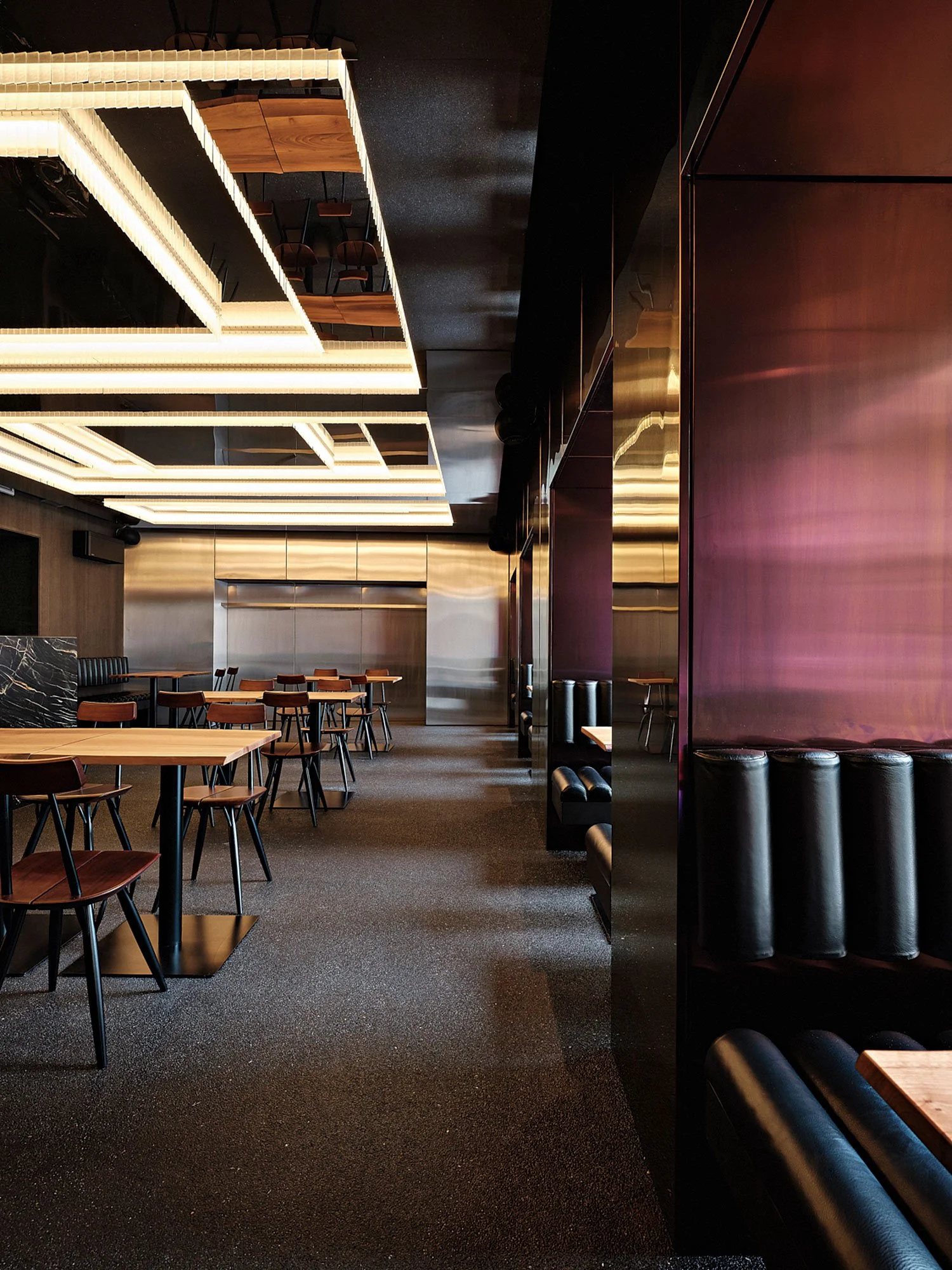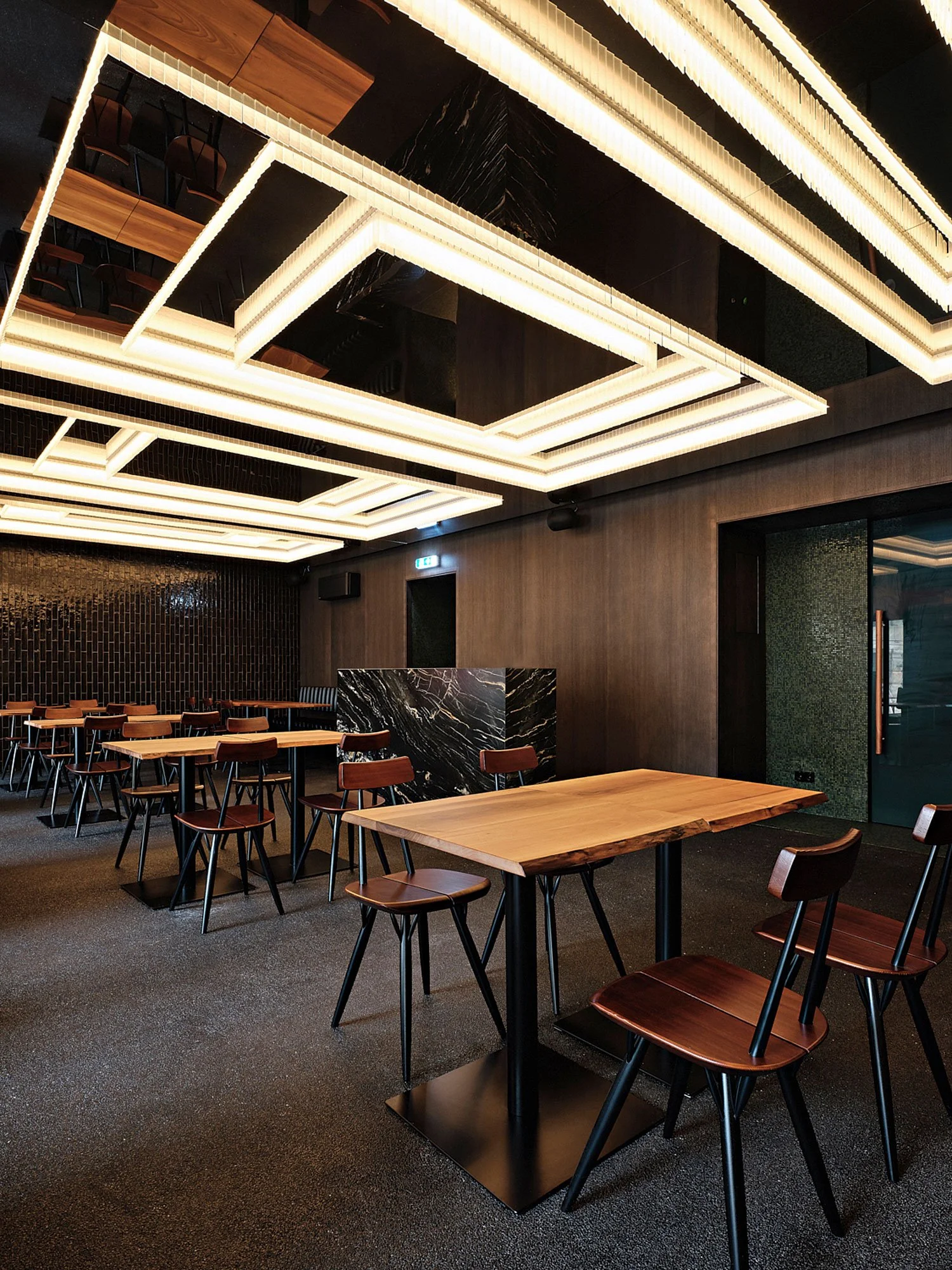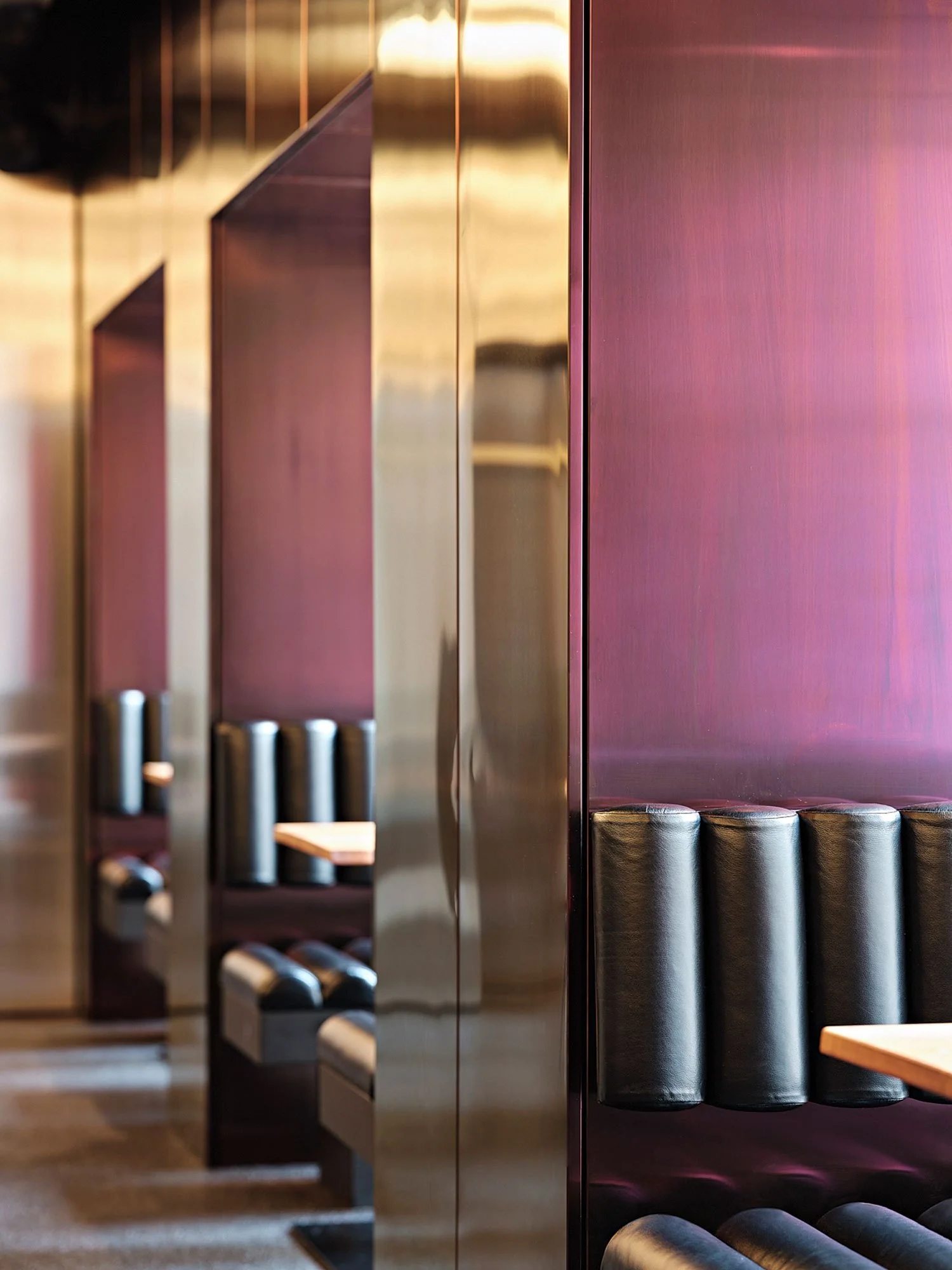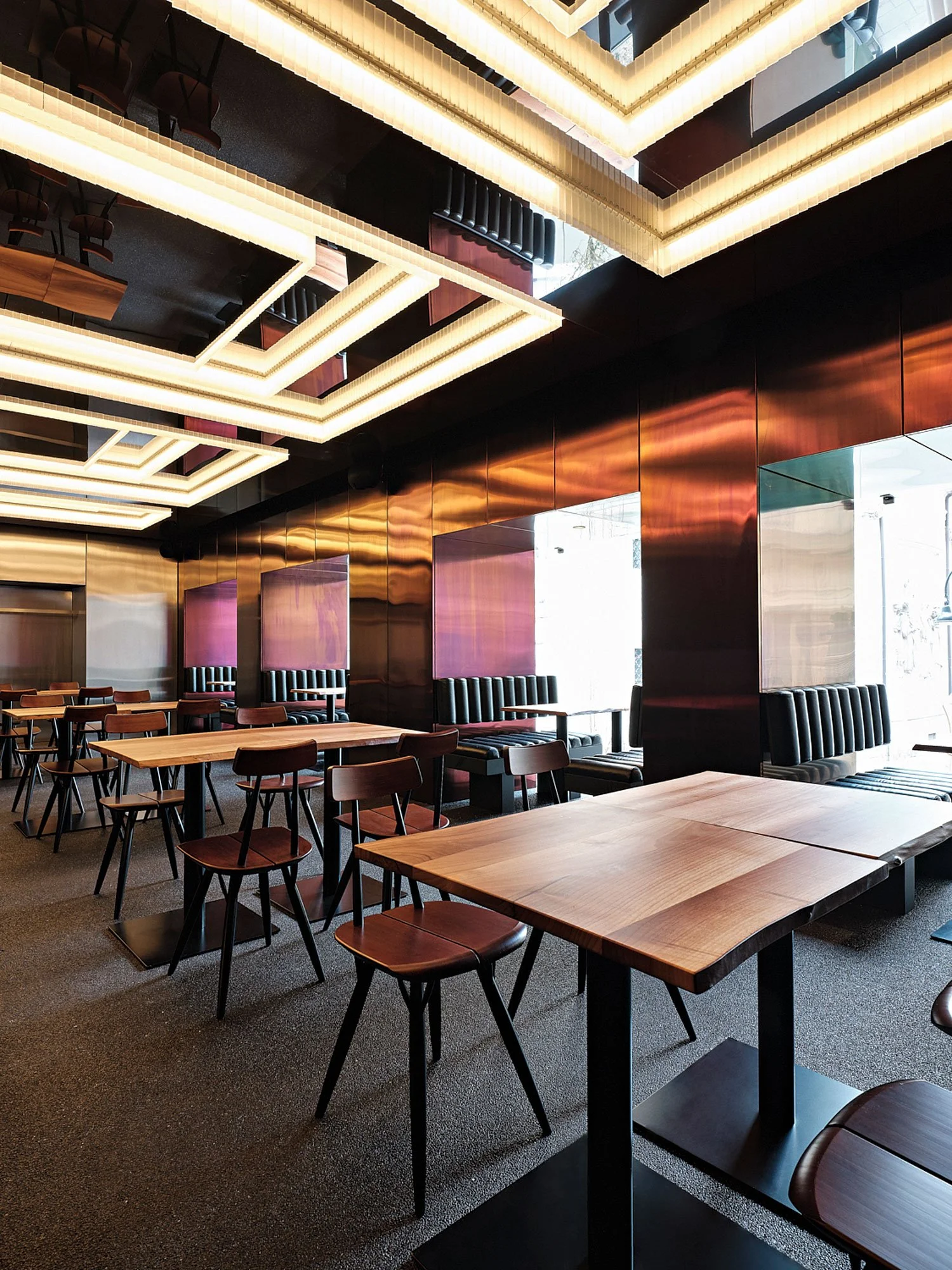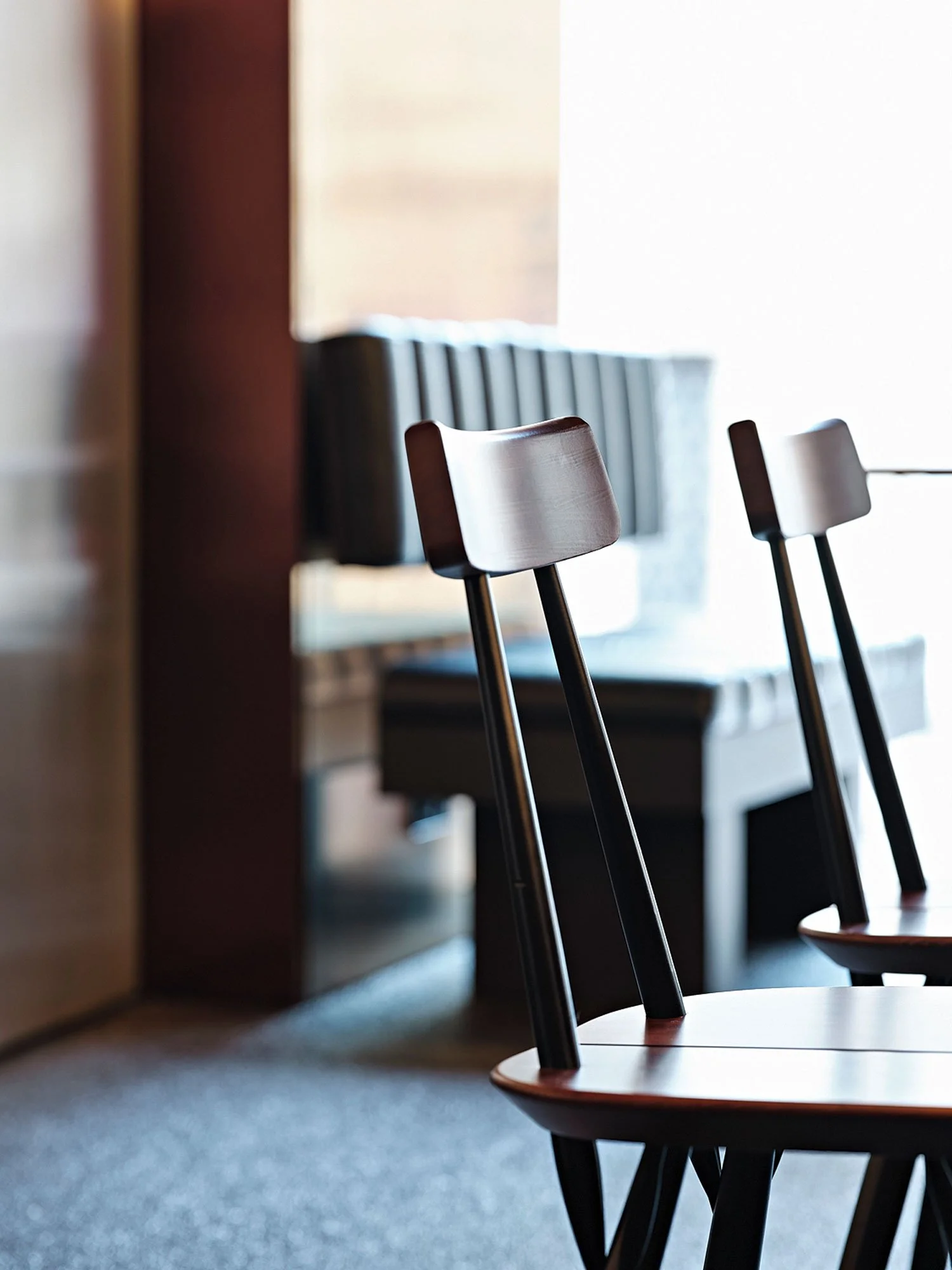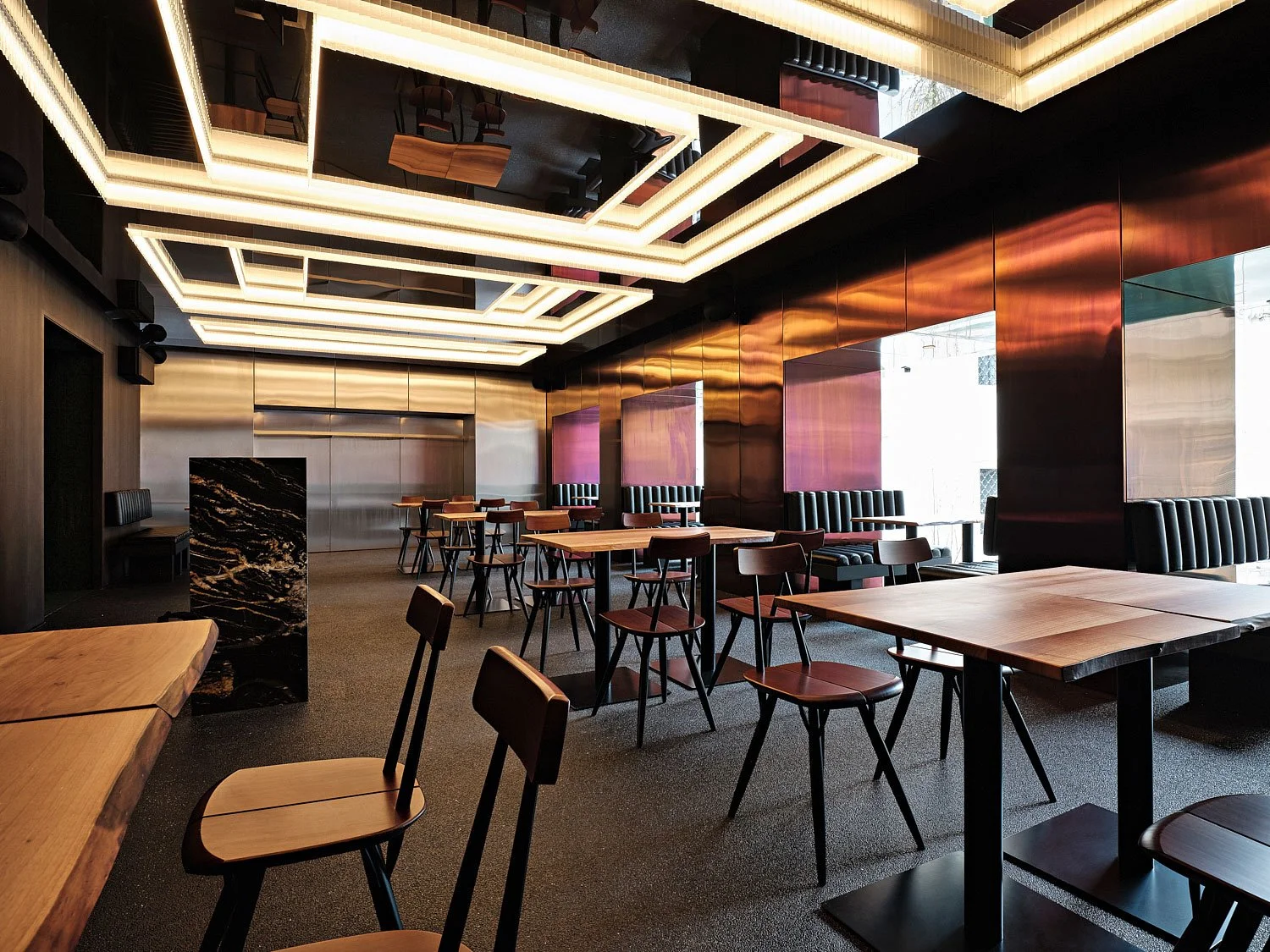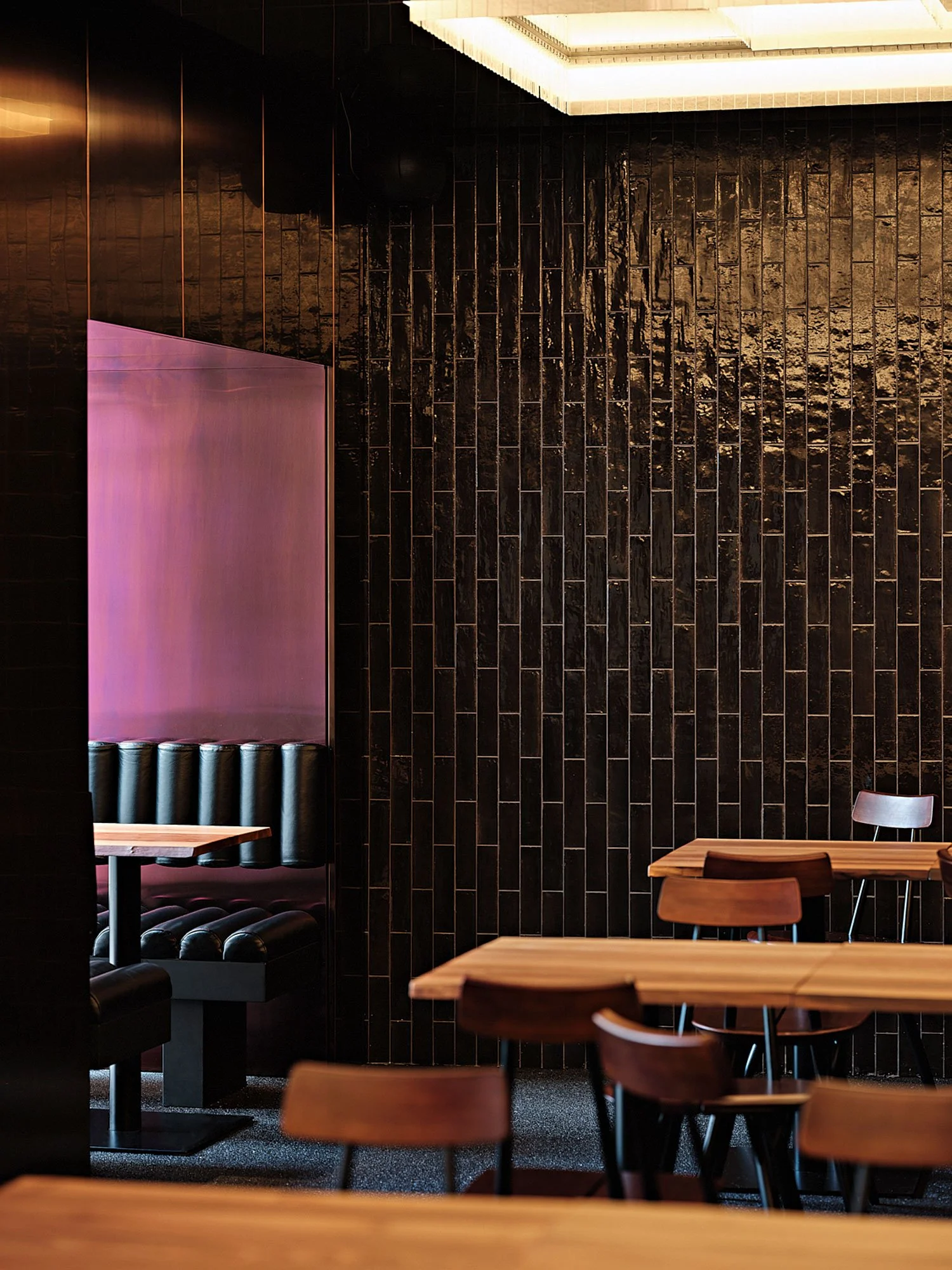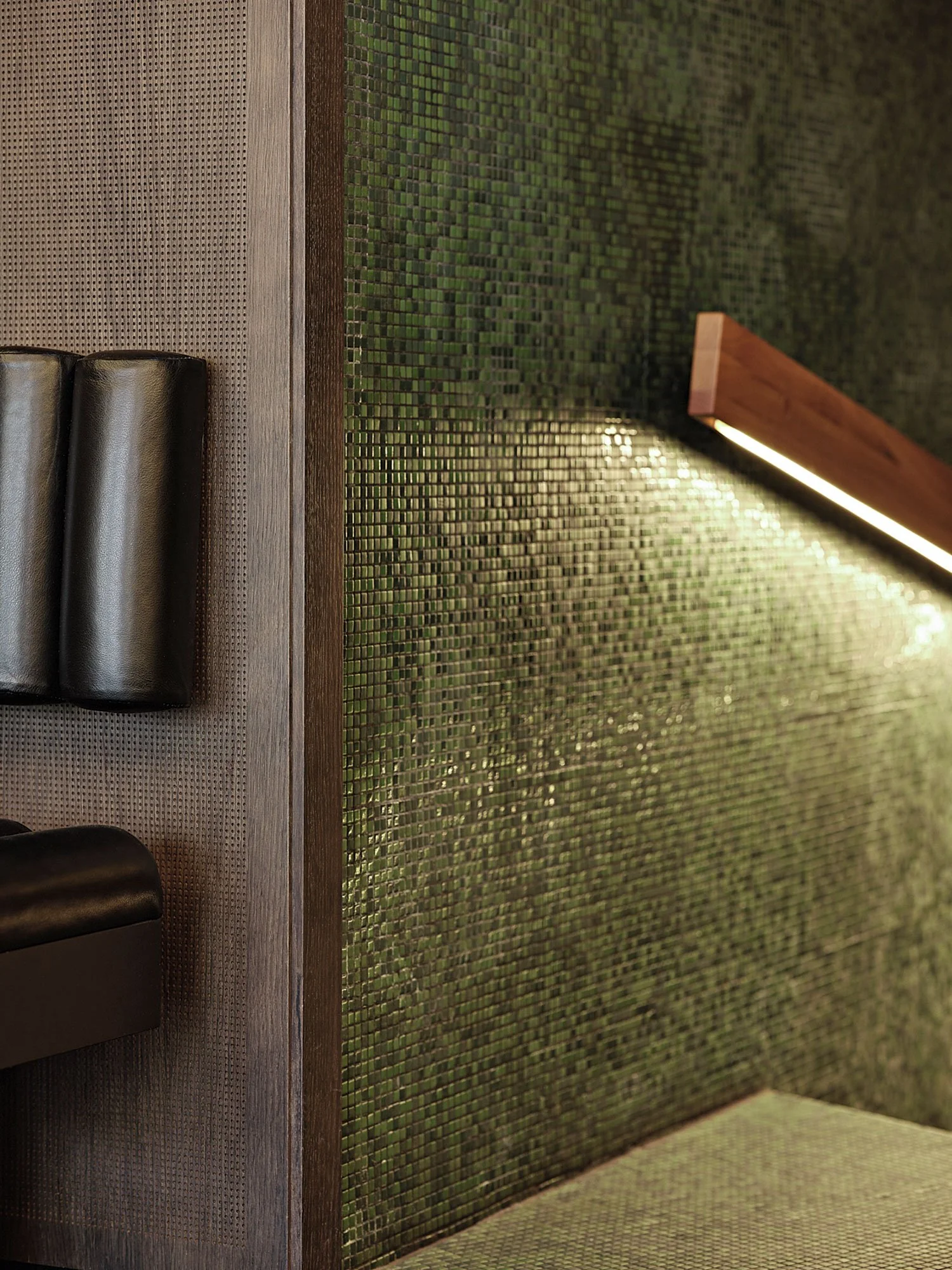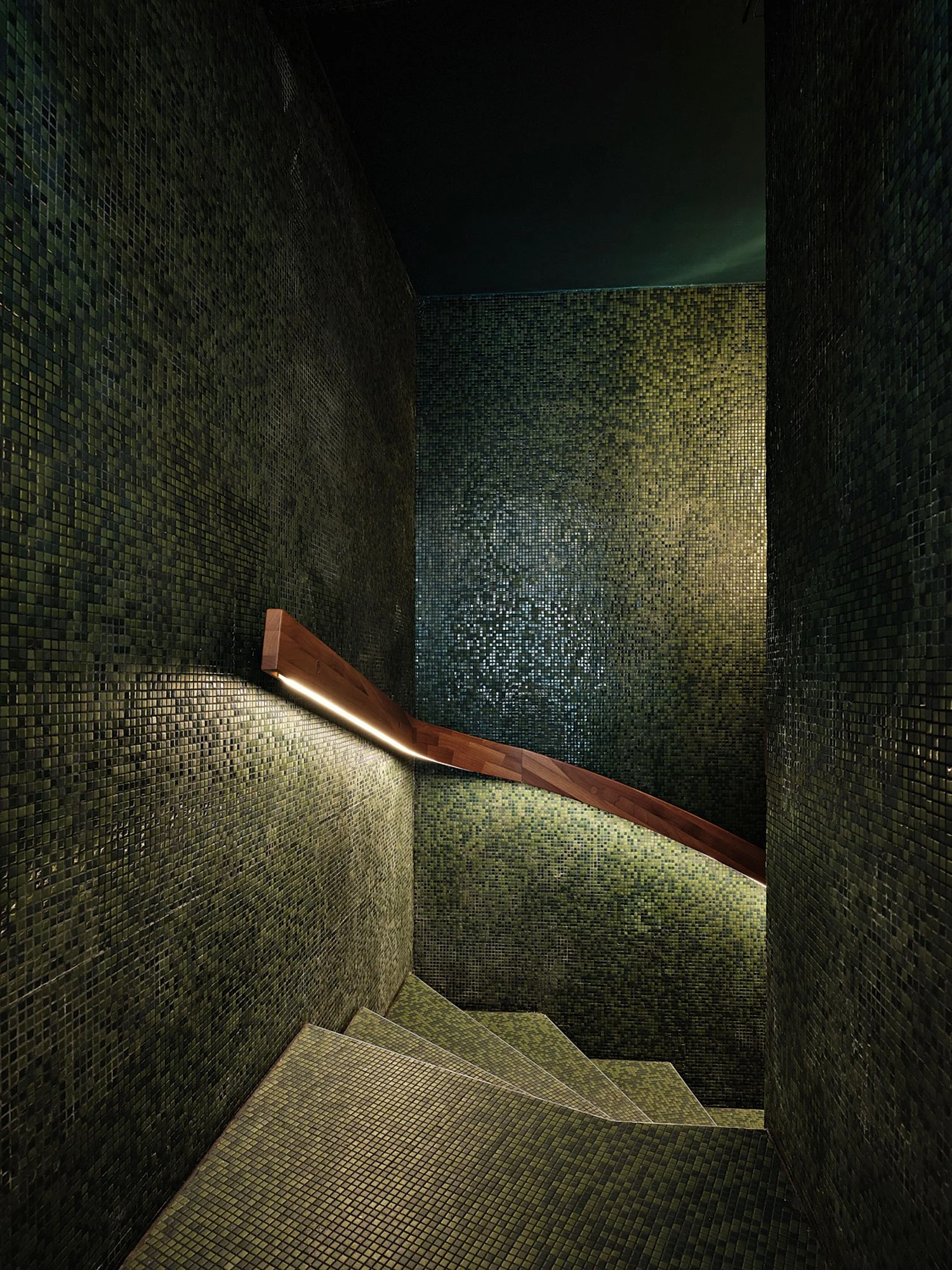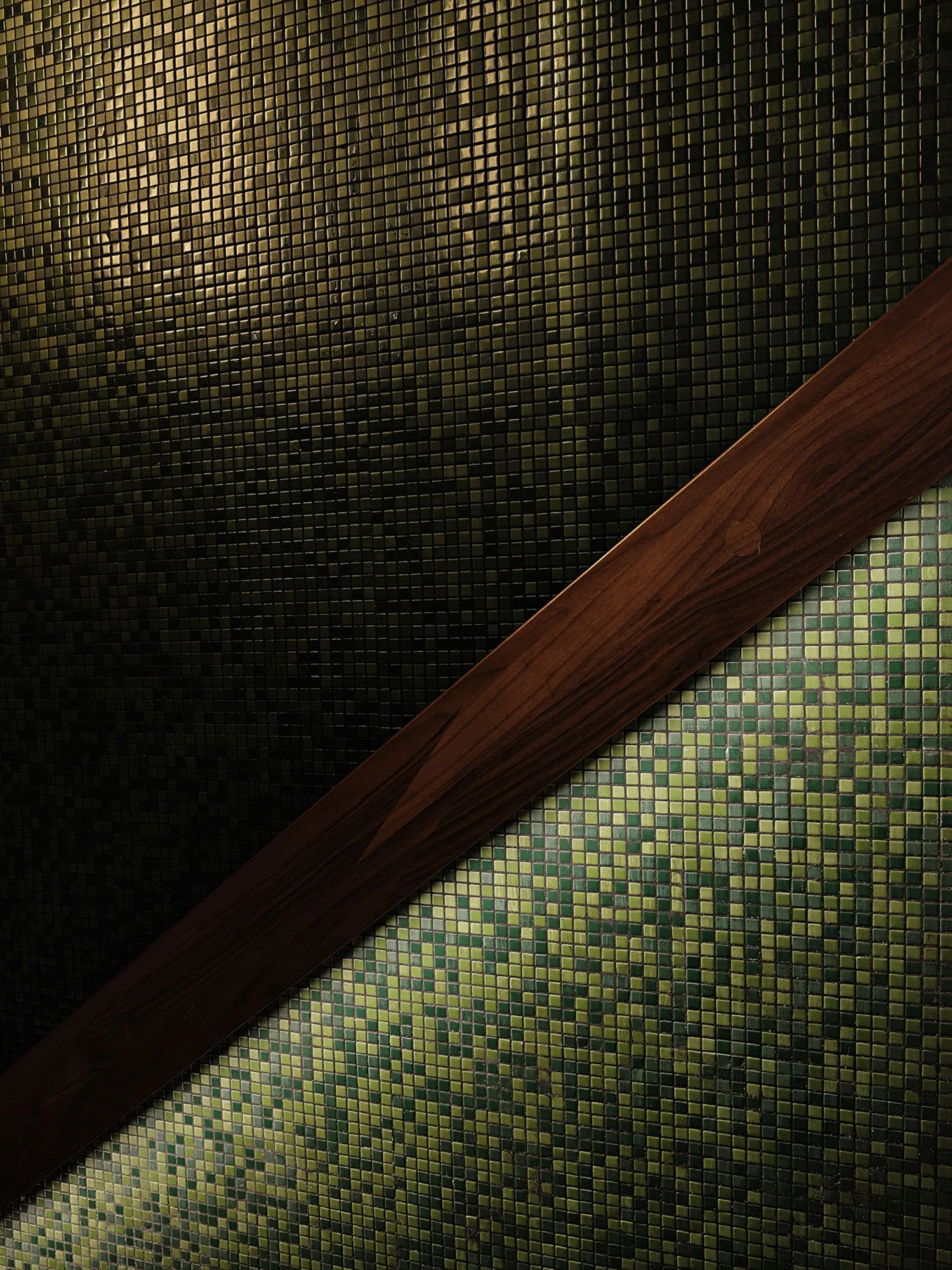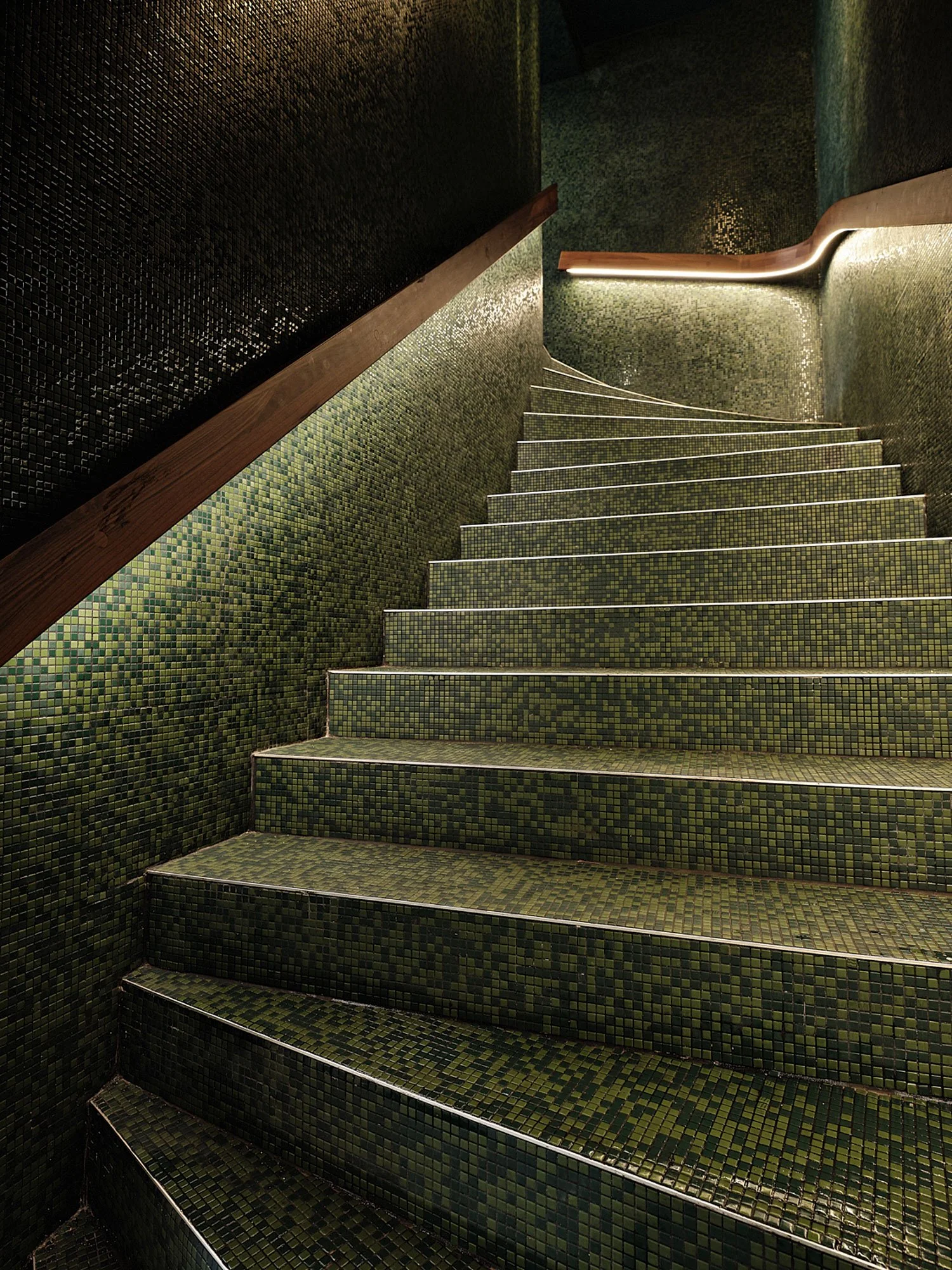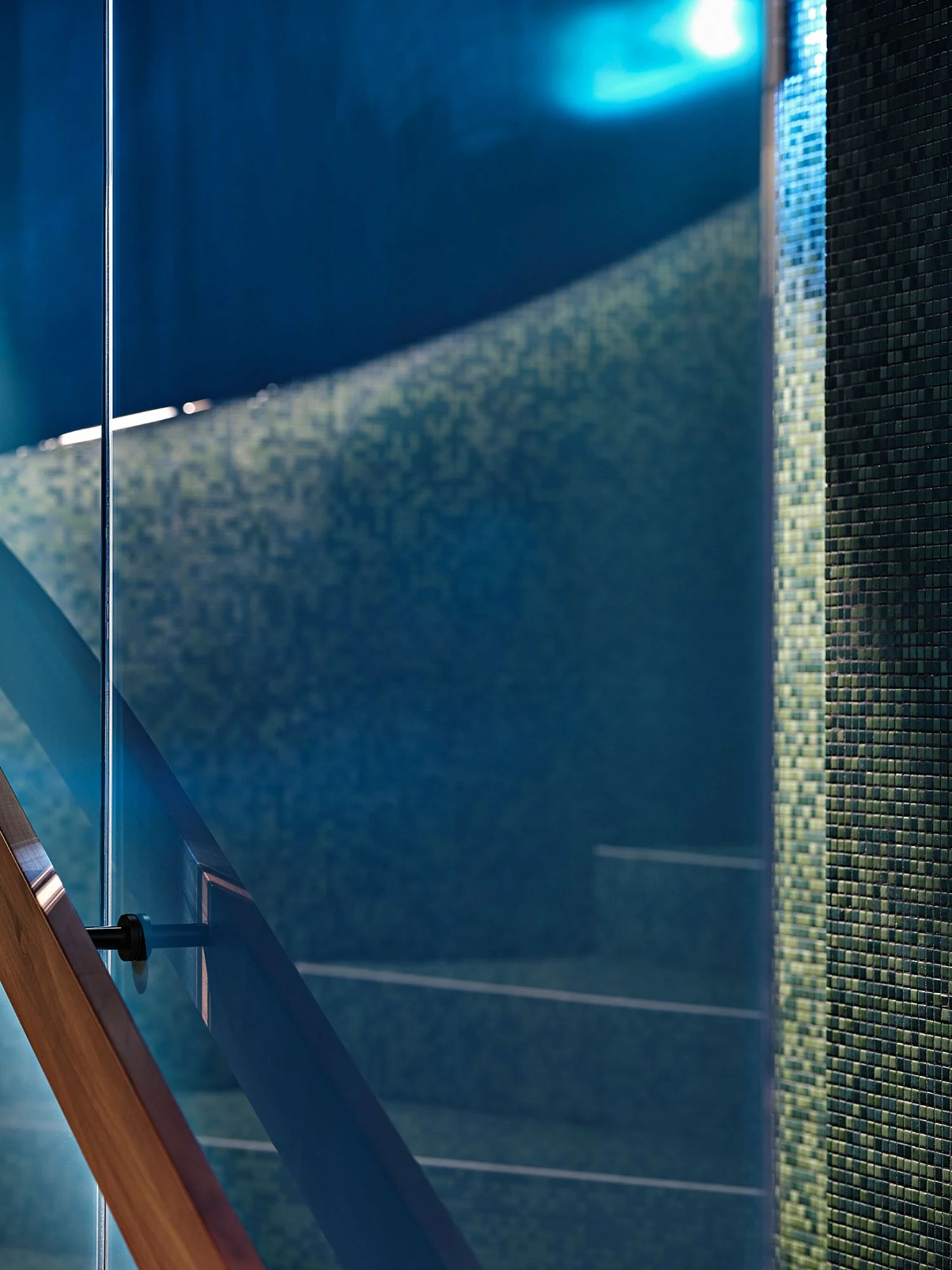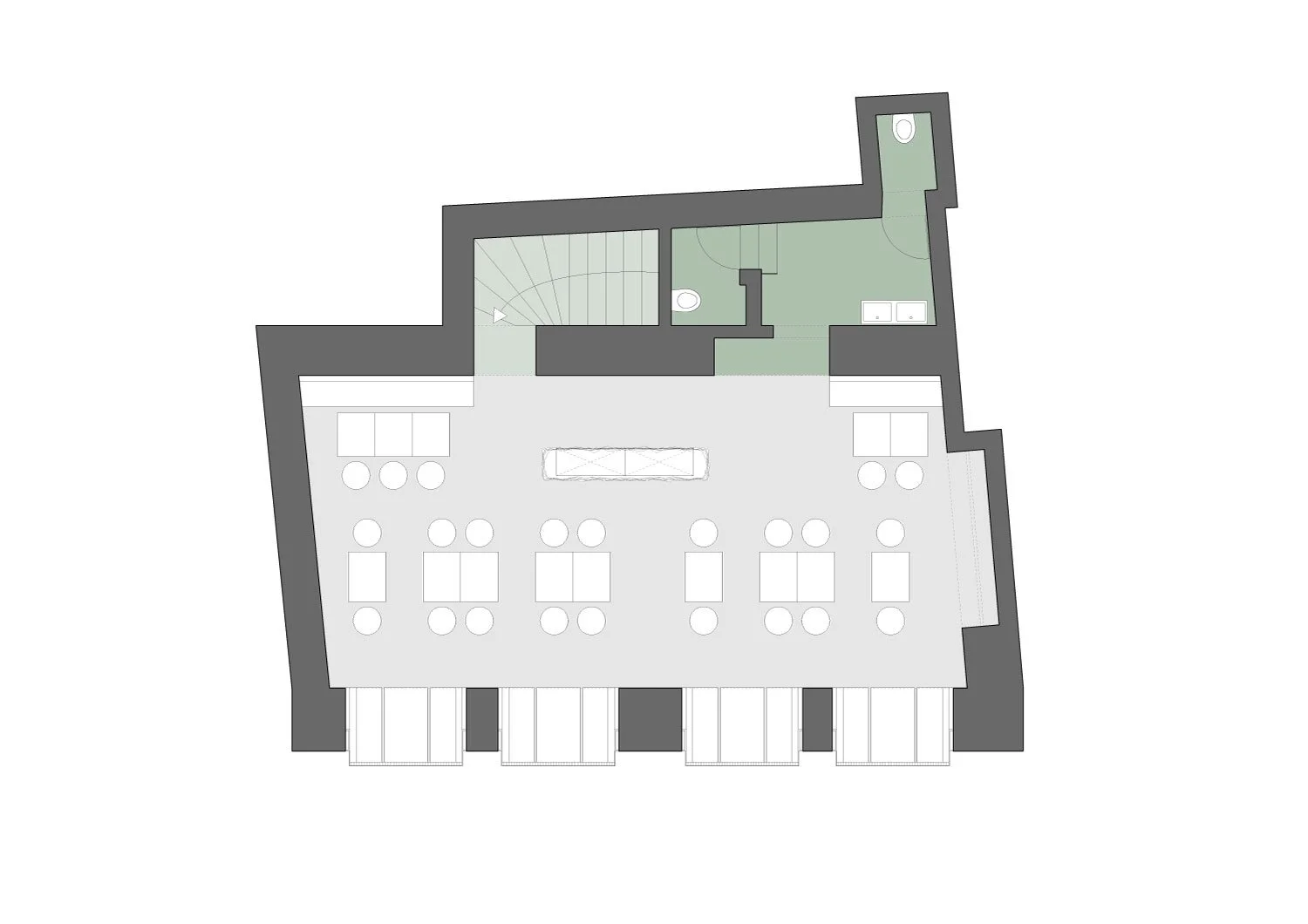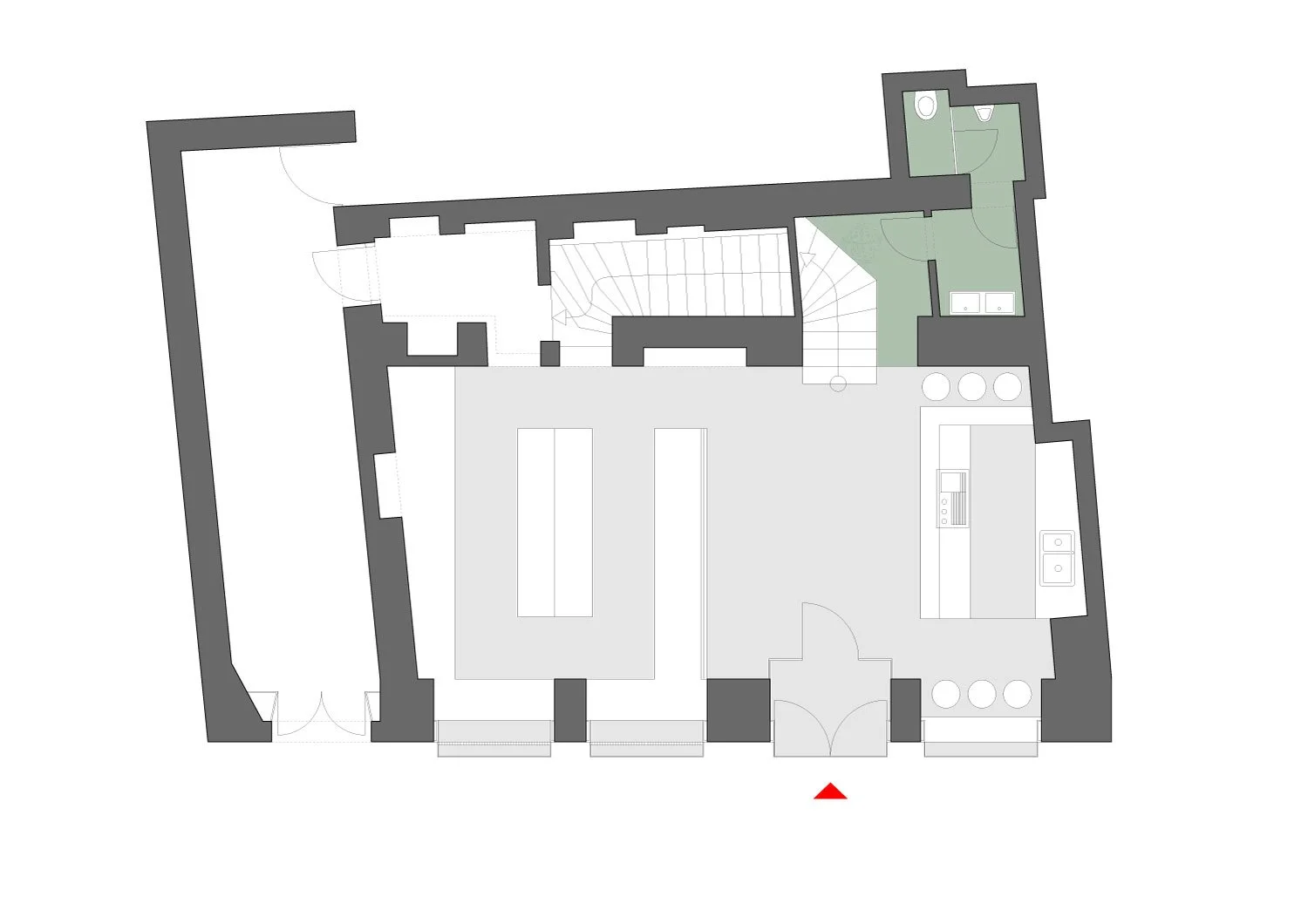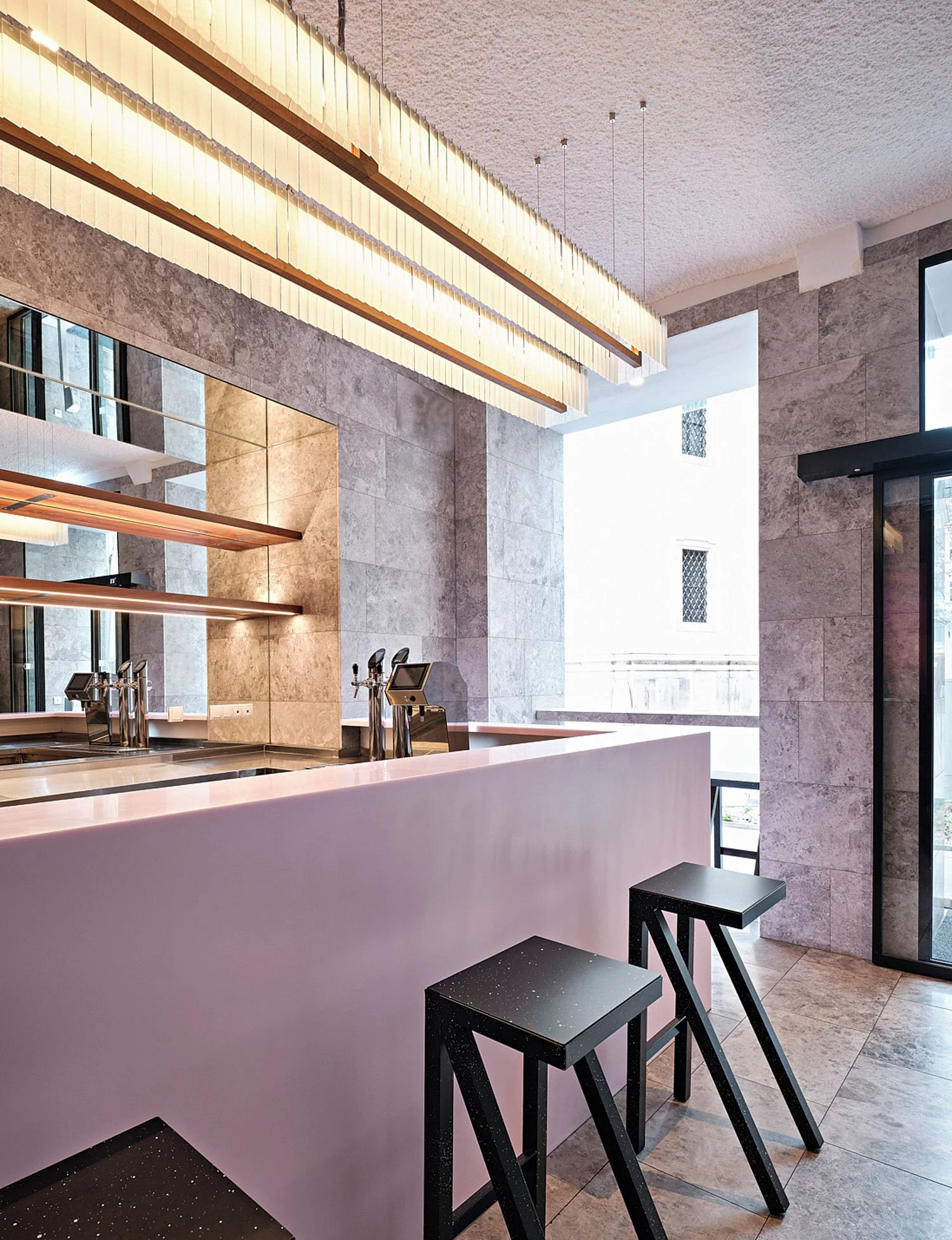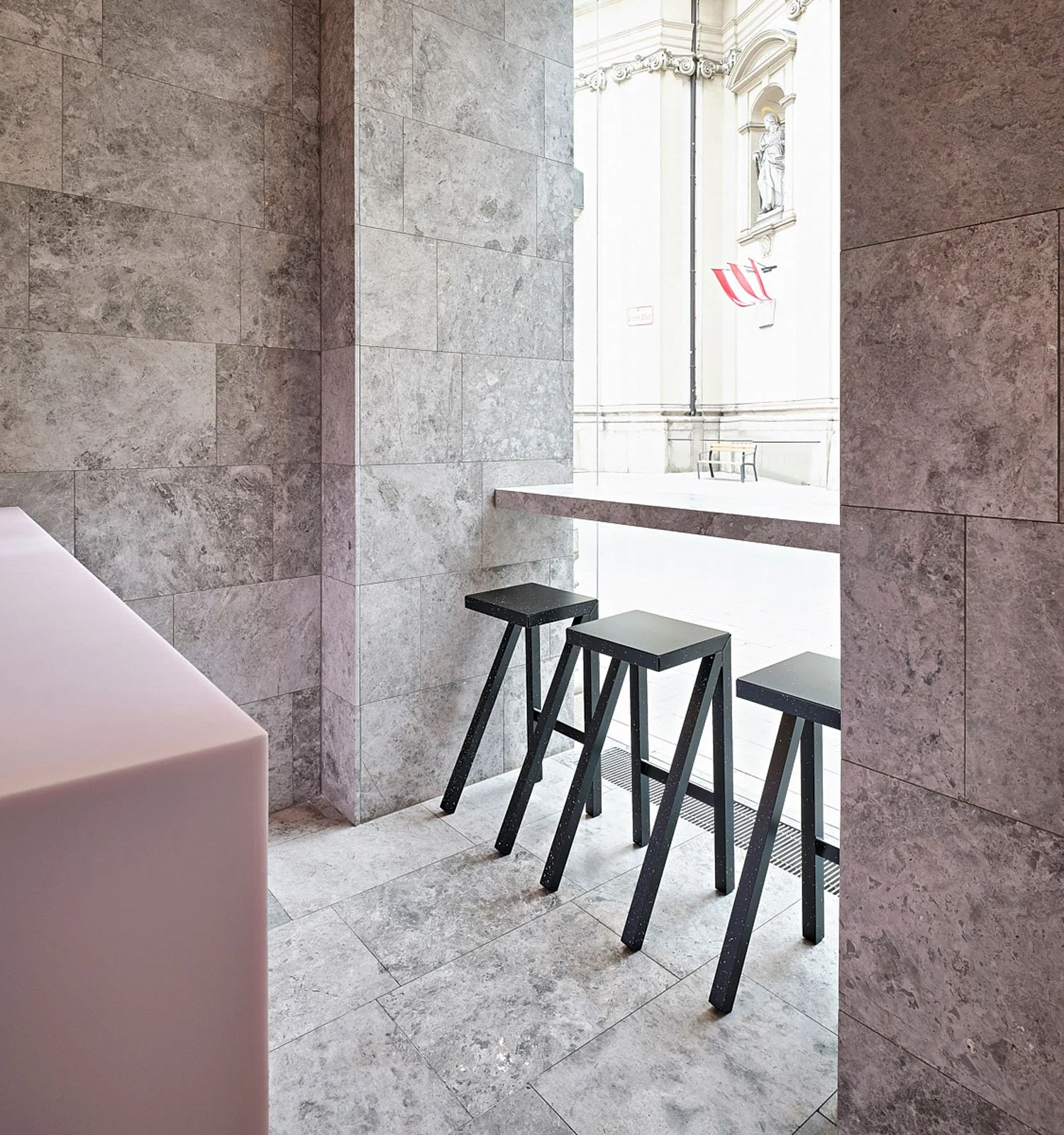TSUKI
November 2022
Location: Vienna, Austria
Principal use: Restaurant
Total floor area: 150 m2
Number of stories: 2
Taking its cue as much from fin de siecle opulence as it does from contemporary juxtapositions in color and texture, the interior is approached as a tableau of atmospheric scenes defined through the application of a rich material palette, one which at first glance may seem incongruous but through the experience of the space presents a clear sequence.
Design team:
Chieh-shu Tzou
Gregorio S. Lubroth
Katia Simas
Anastasia Shesterikova
Ondřej Mráz
Photos:
Vilma Pflaum
Tsuki is the second design iteration for a Japanese tapas restaurant in Vienna’s inner city. Unlike its predecessor which used material restraint, reminiscent of traditional wooden onsen interiors, this version does quite the opposite, taking its cue as much from fin de siecle opulence as it does from contemporary juxtapositions in color and texture. The interior is approached as a tableau of atmospheric scenes defined through the application of a rich material palette, one which at first glance may seem incongruous but through the experience of the space presents a clear sequence. The bar/entrance immediately shows three of the repeating material elements: various metallic panels, stone surfaces, and a horizontal chandelier made of walnut, steel, and small frosted glass tiles. The bar itself breaks from the material index as an anomalous block in pink corian. The kitchen and prep areas are concealed behind a brushed stainless steel wall. As you enter, a clear division is marked between the bar and the back stair and bathrooms. These back areas are coded in dark green mosaic tiles and green glass and stand apart from the main rooms along the facade. The stair leading up to the dining room curves around the primary structural wall, switching back to the floor above and is dominated by a vertical chandelier that uses the same material kit as the horizontal version on the ground floor. The main dining room is organized around a mirrored coffered ceiling where the vertical surfaces are lighted from behind and use the chandelier construction as a continuous ornamental accent, again repeating the underlying material theme of the project in a different shape. The same applies to the walls of the dining room. Each wall surface features a particular material, either repeated or newly introduced: brushed stainless steel, purple anodized aluminum, stained oak, black tiles. The floor is a black stone carpet, made of small dark pebbles, fused together with a coat of epoxy. Leather benches, walnut tables and chairs, and a granite service volume populate the space, adding further richness to the interplay of the surrounding material planes.


